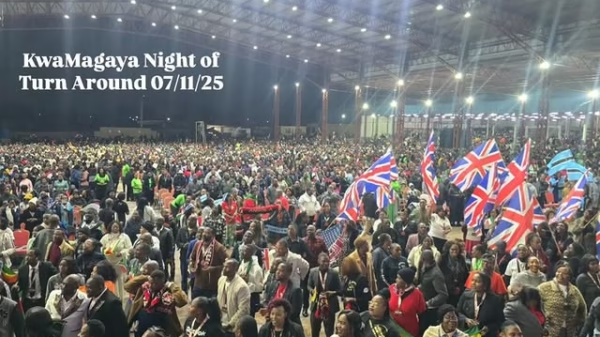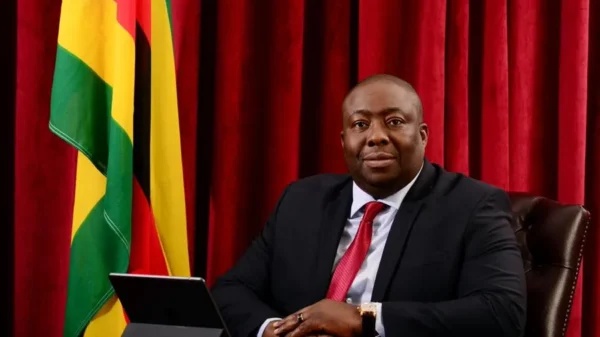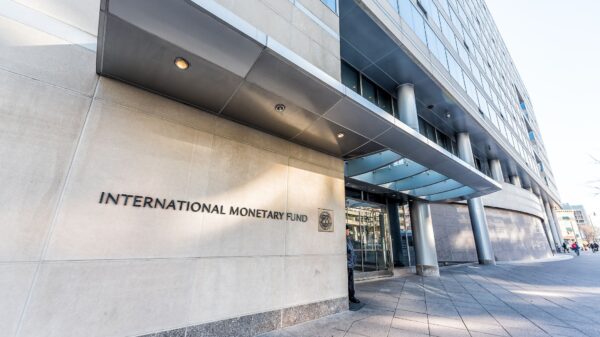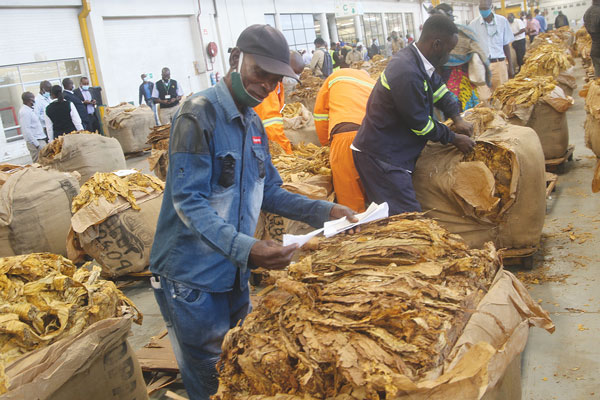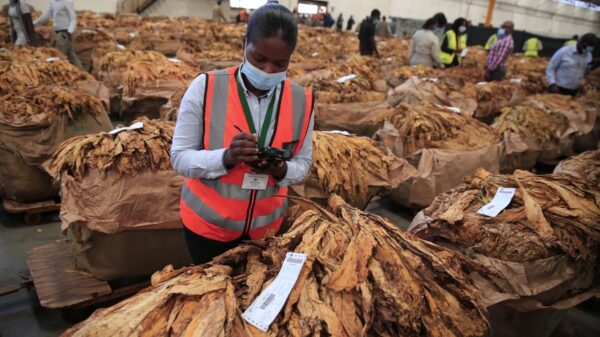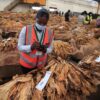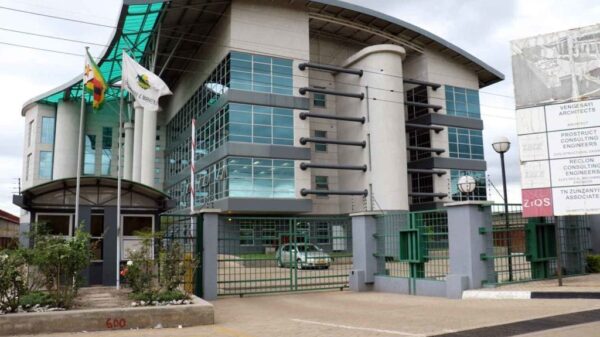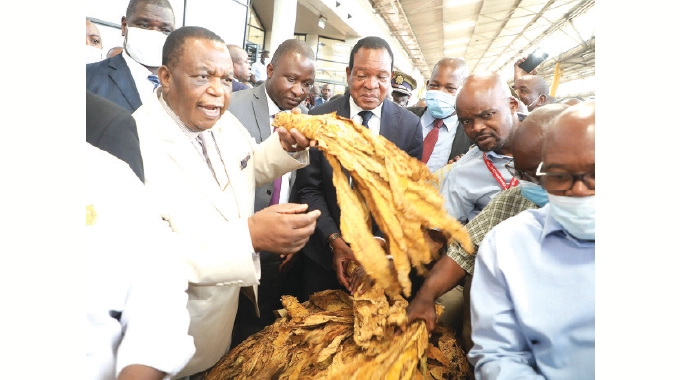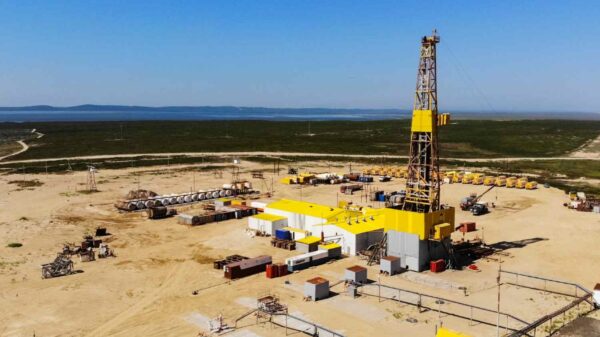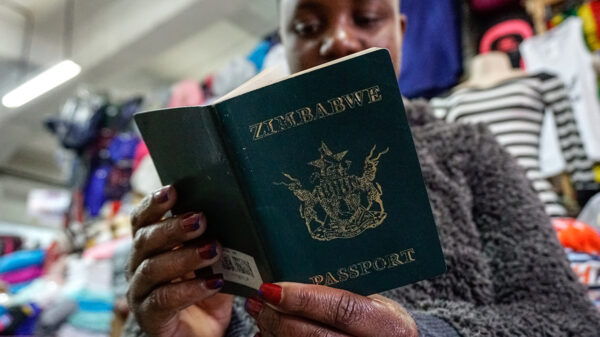Government is working on increasing processing and value addition of tobacco from 2 percent to more than 30 percent to increase earnings from the golden leaf.
The country has been exporting 98 percent of tobacco in raw form and thus exporting jobs and value.
Addressing farmers at the official opening of the 2024 tobacco marketing season at the Tobacco Sales Floor in Harare yesterday, Vice President Constantino Chiwenga said Government was creating a conducive environment for value addition of tobacco.
“In tandem, with our value addition and beneficiation thrust, the Second Republic has laid down a comprehensive plan in the tobacco value chain.
“I am pleased with the current investments in tobacco processing plants in the country to give impetus to value addition from the current two percent of tobacco produced to over 30 percent.
“As Government, we are creating an enabling environment for entities interested in value addition and beneficiation of Zimbabwean tobacco, in the boarder framework of a private sector led economy,” he said.
Vice President Chiwenga said tobacco production had rebounded significantly since the advent of the land reform programme.
Zimbabwe produced 211 million kilogrammes of tobacco, 212 million kilogrammes and a record breaking 296 million kilogrammes in 2021, 2022 and 2023, respectively.
“The target is now to increase production from the current 296 million kilogrammes to 300 million kilogrammes annually as stipulated in the Tobacco Value Chain Transformation Plan.
He challenged stakeholders in the tobacco value chain to work hand in glove to achieve and surpass this target.
“Government through the Ministry of Finance, Economic Development and Investment Promotion, remains committed to capacitating tobacco farmers by localising financing for the 150 000 producers,” he said.
Tobacco industry and Marketing Board chairman Patrick Devenish said the country was expecting about 231 million kilogrammes as the crop was affected by the El Nino induced drought.
“The tobacco production sector was not spared as a total of 113 101 ha was planted in comparison to 117 645 ha planted at the same time last year.
“The negative four percentage variance was because of delayed rains that were received which affected the delayed timing for planting for the dryland crop.,” he said.
Zimbabwe is among the top five major producers of flue cured tobacco globally and the leaf is popular because of its flavour.
Tobacco provides the best economic return per hectare among all major crops.
This income is used as a springboard to develop other farming activities and development of farm infrastructure.
The tobacco value chain employs more than 1,2 million people with up to six million dependants.
Through tobacco production, livelihoods of many farmers have improved, with some farmers boasting of acquiring farm machinery such as tractors, building better houses and sending children to decent schools and universities, among other things.
Others have used proceeds from tobacco production to invest in other projects to maximise profits.
TIMB together with Government and other stakeholders, has been working hard to improve the viability of growers, ensuring 100 percent compliance to regulations and ensuring sustainable tobacco production and good agricultural labour practices.
The quality of the crop is also improving as many farmers gather the requisite knowledge and skills to grow, cure and handle the leaf. The tobacco industry has implemented several initiatives to increase tobacco yield, including training farmers.
For comments, Feedback and Opinions do get in touch with our editor on WhatsApp: +27 82 836 5828

For comments, Feedback and Opinions do get in touch with our editor on WhatsApp: +44 7949 297606.

